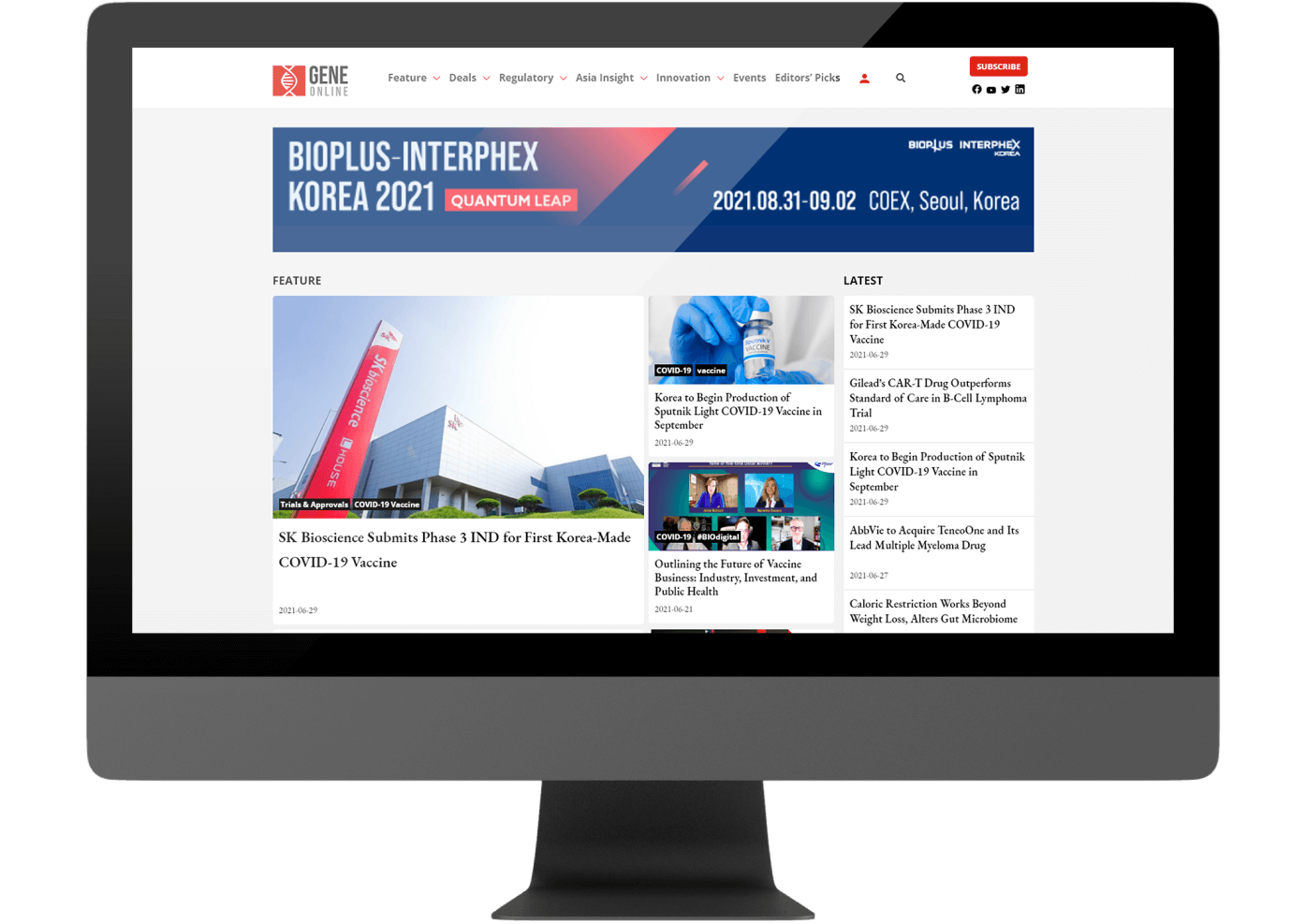Pfizer and BioNTech’s COVID-19 Vaccine Shows Encouraging Results
By T. Chakraborty, Ph.D.
According to a preprint published in medRxiv, BNT162b1 shows promise when evaluated for safety, efficiency, and immunogenicity in the ongoing Phase1/2 trials.
As of July, the Centers for Disease Control and Protection (CDC) has reported over 2.6 million COVID-19 cases in the USA, with more than 128,000 deaths. To date, there are no approved vaccines for treating the disease. However, there are several potential candidates in the pipeline, including Pfizer and BioNTech’s BNT162b1.
RNA Vaccines
RNAs are essential components of protein synthesis, and hence RNA vaccines are considered safe and ideal. They can be transitorily expressed, synthesized, and deleted by the body’s innate mechanisms and, most importantly, do not integrate with the genome. Apart from these benefits, they are well established to offer design flexibility and provide antigens that mimic an infection. Previous trials on RNA-based vaccines have shown them to be well tolerated in humans. Another considerable advantage is the robustness of the manufacturing platforms and the ability to be rapidly produced in vast quantities.
BNT162b1
BNT162b1 is an mRNA-based vaccine candidate which consists of the receptor-binding domain (RBD) of the SARS-CoV-2 virus’ spike protein. Its immunogenicity is increased by modifying the RBD antigen by adding a T4 fibritin-derived “foldon” trimerization domain and is encapsulated in a lipid nanoparticle to facilitate smooth delivery into the cells post-injection.
Phase 1/2 Clinical Trials
The study screened 76 participants, out of which 45 were randomized into four groups and vaccinated. Twelve participants were vaccinated with BNT162b1 (10 µg and 30 µg) on days 1 and 21 while 12 more received a dose of 100 µg. The remaining 9 were in the placebo group. Safety studies showed that post-7 days of vaccination, pain at the injection site was the most common effect, with 58.3% in the 10 µg, 100.0% in the 30 µg and 100 µg BNT162b1 groups experiencing a local reaction that was mostly mild or moderate.
Mild fatigue, chills, muscle pain, joint pain, and headache were some of the other systemic side effects that were dose-dependent. Following the second dose, 8.3% of participants in the 10µg group and 75% of participants in the 30µg group, developed a fever which resolved within one day.
Approximately 50% of the patients receiving the vaccine developed adverse events, as opposed to 11% in the placebo group. Two participants reported severe adverse events, including grade 3 pyrexia and sleep disturbance. Regular clinical tests revealed no grade 1 or higher changes post-vaccination. Decreased lymphocyte counts were observed after the first dose in 8.3% (1/12), 45.5% (5/11), and 50.0% (6/12) of 10 µg, 30 µg, or 100 µg, recipients respectively. However, these changes were transient, and the patients were back to normal soon.
Immunogenicity
Efficacy and immunogenicity studies showed that at 21 days post-vaccination, geometric mean concentrations (GMCs) of RBD-binding antibodies were 534-1,778 U/mL. Furthermore, the concentration of antibodies increased to 4,813-27,872 U/mL 7 days post the second dose. At 14 days post the second dose, concentrations of antibodies were 5,880-16,166 U/mL in comparison to 602 U/mL in the human convalescent serum panel.
SARS-CoV-2 neutralizing geometric mean titers (GMTs) were modestly increased for all doses post 21 days of vaccination. The GMT level 7 days post-dose 2 for 10 µg or 30 µg, reached 168-267, in comparison to 94 for the serum panel from infected patients, showing that this vaccine is being able to mount an immune response against the virus. The durability and the kinetics of the antibodies are currently being monitored.
These interim data from the clinical trials are promising, but the longevity of these antibodies produced will be a crucial determinant for the success of this vaccine. Since a high singular dose did not elicit a significantly high GMT level, it may well be possible this vaccine will require booster doses to be effective.
Current Status of Other COVID-19 Vaccines
Among the frontrunners who are aiming to get approval by this year are Moderna (mRNA-based vaccine) and AstraZeneca, whose candidates are in late-stage clinical trials. Other prominent players include Sanofi, Johnson, and Johnson, Chinese companies CanSino, Sinopharm, and Sinovac. Several smaller pharma like CureVac, Altimmune among others are also in the reckoning. Recently, Inovio also announced promising Phase 1 results. Although vaccine production is a time-consuming endeavor, all these developments give immense hope to millions of affected patients in the world who are waiting for a cure.
Editor: Rajaneesh K. Gopinath, Ph.D.
Related Article: COVAXIN- India’s First Indigenous Vaccine Approved for Human Trials
References
- https://www.cdc.gov/coronavirus/2019-ncov/cases-updates/cases-in-us.html
- https://www.medrxiv.org/content/10.1101/2020.06.30.20142570v1 NSqpbfYfyMZAPZ81JvYMFWTHuB62GmCgiiY5D6gYXMCGM64i3JAmhO9zwtNx3uZSQ9ot5I
©www.geneonline.com All rights reserved. Collaborate with us: service@geneonlineasia.com









